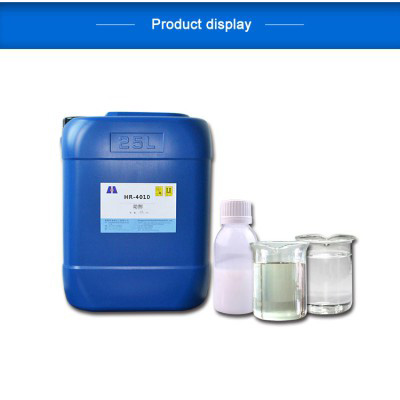Uzbekistan What are the advantages of paint defoamer for water-based cleaning agents(3)
non-silicon
dispersant
Elimination of foam
(1) Physical methods
From the physical point of view, the methods to eliminate foam mainly include placing baffle or filter screen, mechanical agitation, static electricity, freezing, heating, steam, radiation, high-speed centrifugation, pressure reduction, high-frequency vibration, instantaneous discharge and ultrasound (acoustic liquid control). These methods promote the gas transmission rate at both ends of the liquid film and the liquid discharge of the bubble film to varying degrees, making the stability factor of foam less than the attenuation factor, As a result, the number of foam gradually decreased. However, the common disadvantage of these methods is that their use is strongly restricted by environmental factors, and the defoaming rate is not high. The advantages are environmental protection and high reuse rate.

Many people often have concerns when choosing to add water-based defoamers in the production of cleaning agents. Do water-based defoamers affect the viscosity, transparency, and performance of cleaning agents. In fact, the detergent that plays a decontamination role is a surfactant. When the surfactant is dissolved in water, it removes dirt by emulsifying, dispersing, and solubilizing oil. Therefore, the decontamination ability of the detergent is not necessarily related to its viscosity and transparency, so the water-based defoamer does not affect its viscosity and transparency. The decontamination ability of cleaning agents is mainly related to the formula, that is, surfactants, such as anionic surfactants, have more foam than non-ionic surfactants. On the contrary, the defoamer of water-based cleaning agent can also reduce the production of foam and make foam disappear where it should not be, thus greatly improving the effect of cleaning agent.
